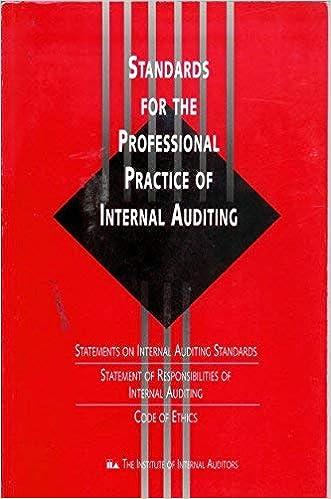Anyone can help me please with is questions?

Economies to scale refer to a feature of short-run production functions but not long-run production functions. the point at which marginal cots equals average cost. the range of output over which the long-run average cost falls as output increases. the fact what in the long run, fixed costs remain constant as output increases. When long-run average cost increases as output increases there are economies of scale. constant returns to scale. diseconomies of scale. none of the above Diminishing marginal returns occur when total product diminishes the average product of the variable input eventually diminishes the firm hires cheap, less-skilled workers in place of expensive, high-skilled workers the marginal product of an additional worker is less than the marginal product of the previous worker hired The vertical distance between a firm's total cost (TC) and its total variable cost (TVC) curves is equal to the total fixed cost, TFC. is equal to the average variable cost, AVC decreases as output decreases. is equal to the marginal cost, MC. As output increases, AVC approaches ATC because of decreasing average fixed cost. increasing marginal cost. diseconomies of scale. diminishing marginal returns. Technological efficiency occurs when the firm produces a given output by using the maximum amount of inputs. by using the least amount of inputs. at the least cost. at the greatest cost. An advantage of a partnership over a corporation is that a partnership's owners usually have limited liability, while the entire wealth of owners of a corporation is at risk. a partnership has a perpetual life, while a corporation dies with its owners. a partnership's cost of capital is low relative to that of a corporation. a partnership's profits are taxed only once, while retained profits of a corporation are taxed twice. A firm that has limited liability is classified as a corporation. partnership or proprietorship. proprietorship. partnership. An example of the principal-agent problem is when managers devise penalties that eliminate employee wastes. managers try to cope with employees that are inefficient. managers devise incentives that encourage employees to act in the owner's behalf. proprietors don't receive any money payment for their entrepreneurial skills. If 10 firms share the sales of the market equally, the four-firms concentration ratio is percent. 10 5 100 40








